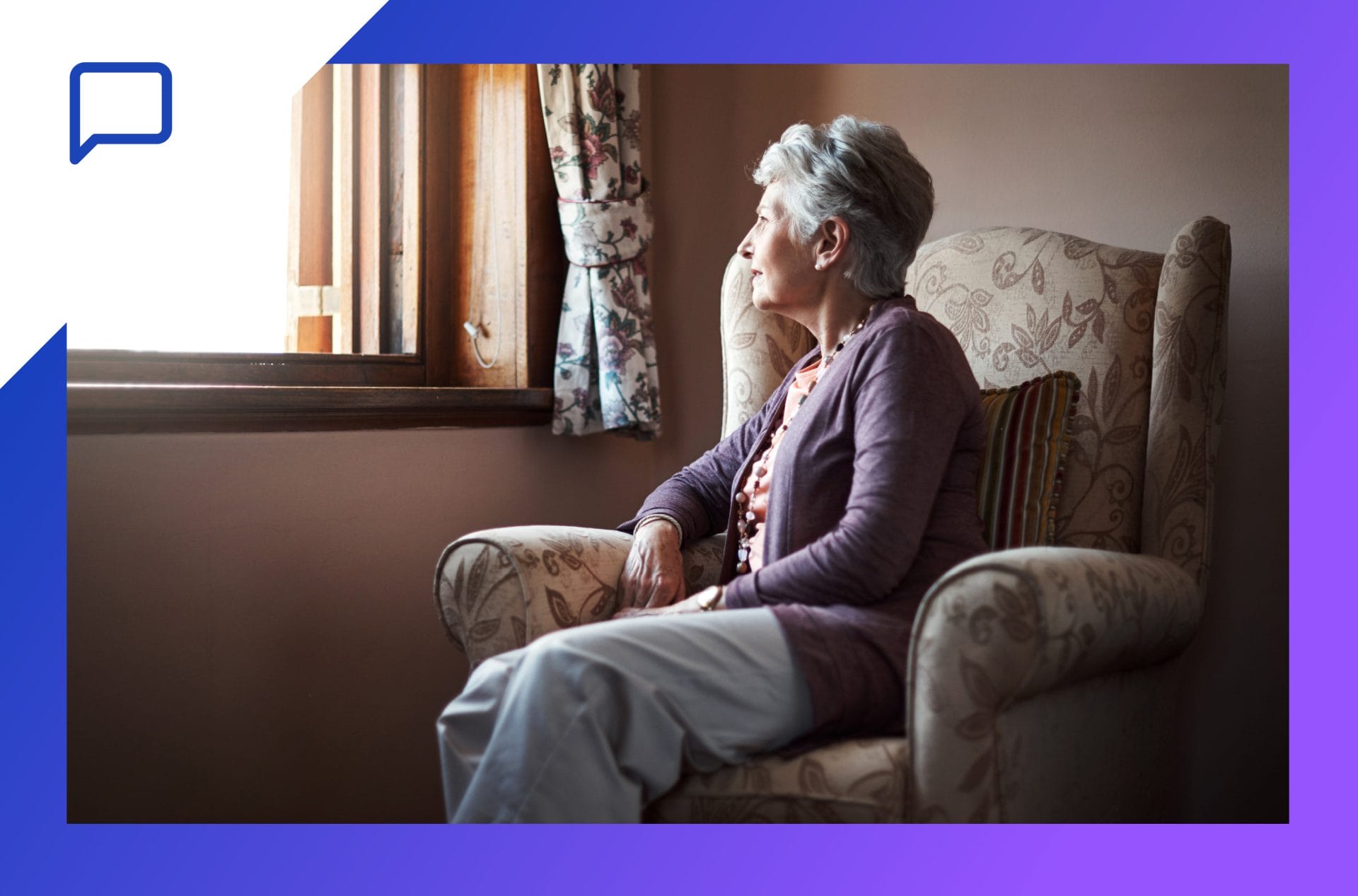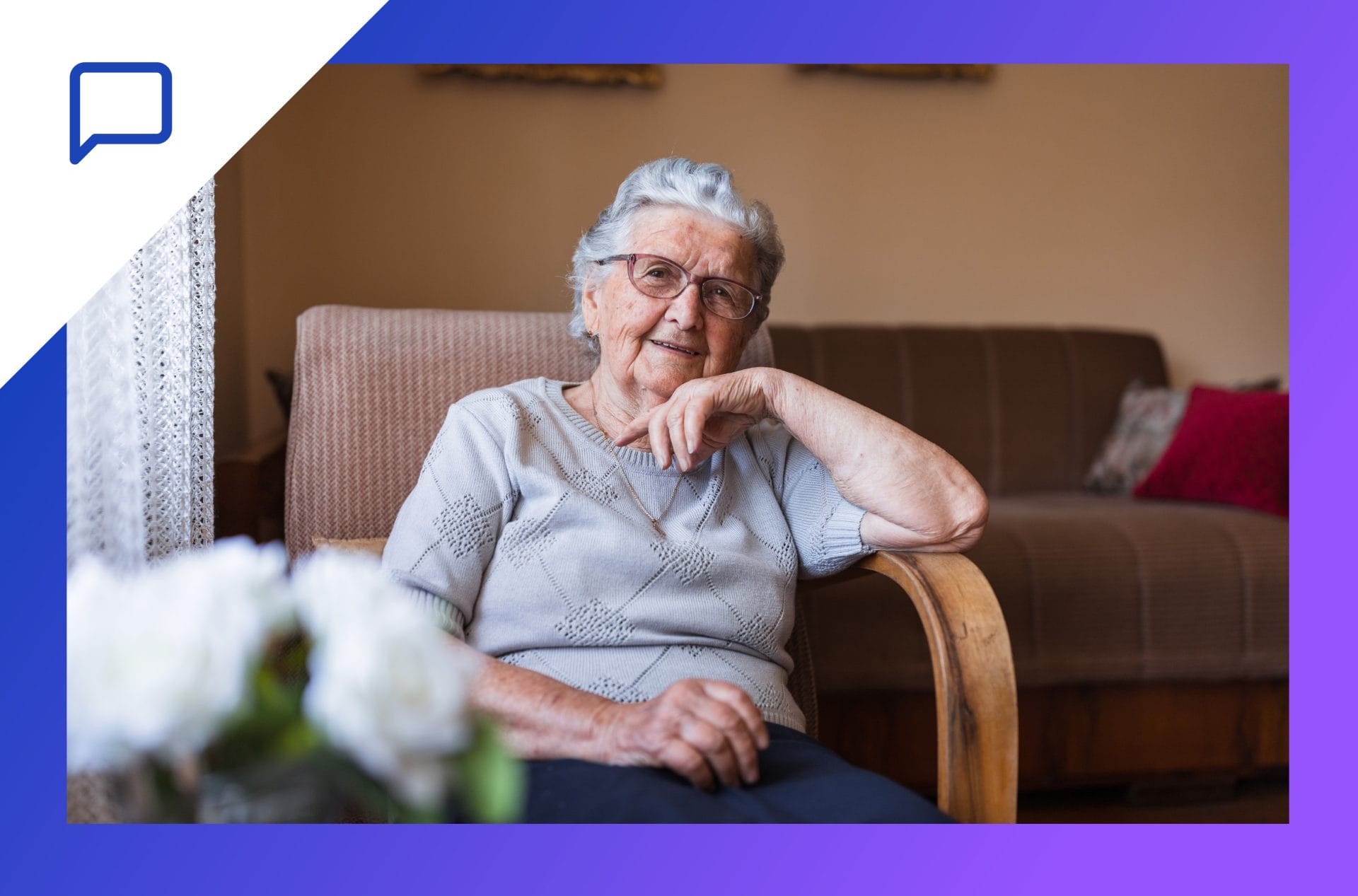The impact of fall detection technology and prevention
Three-fourths of adults over 50 want to remain in their current homes as they age.1 Aging in place can help support autonomy, improve quality of life, and align with the preferences of most older adults. However, as members age, their risk of falling increases significantly—a challenge with serious clinical and financial implications.
According to the Centers for Disease Control and Prevention, falls are the leading cause of injury among adults aged 65 and older.2 Each year, 1 in 4 older adults report a fall, many of which result in emergency department visits, hospitalizations, or long-term care admissions.3 For health plans, this translates to increased costs, preventable utilization, and added pressure on care management resources.
Falls are a serious risk—and healthcare cost
Thirty-seven percent of falls in older adults—9 million falls a year—require medical treatment or activity limitations.4 An estimated three million of these incidents lead to emergency department visits.5 For both members and health plans, the impact of these falls is significant and long-lasting:
- High costs: In 2020, healthcare expenditure for non-fall falls was $80 billion, with the majority paid by Medicare.6
- Decreased quality of life: After a fall, older adults can often develop a fear of falling, resulting in limited activities and decreased physical and cognitive functions.7 This can lead to additional physical decline, and even social isolation.
- Increased health risks: Falls are associated with a 21% increased risk of future dementia diagnosis.8
- Loss of independence: Falling can often lead to a loss of independence, including the need for in-home assistance, or an assisted living facility.
Why fall detection matters
While preventing falls is the goal, it’s also important to recognize the critical role fall detection plays in minimizing harm when they do occur. Timely detection and response can significantly reduce the severity of outcomes, especially for older adults who live alone.
Lying on the floor for long periods of time after a fall can potentially lead to:
- More serious injuries
- Higher rates of hospitalization
- Increased likelihood of long-term care placement
Without immediate assistance, a fall that might have been minor can quickly escalate into a life-altering event. Fall detection technology helps ensure that when a fall does occur, help is notified promptly—potentially reducing response times, improving outcomes, and lowering the long-term cost of care for both members and health plans.
The ultimate goal: fall prevention
The greatest impact for both members and health plans come from preventing falls before they happen. This not only helps maintain member independence and safety in the home; it can significantly improve member outcomes and lower healthcare costs.
Best Buy Health offers a Fall Risk Mitigation Program designed to proactively engage at-risk members and provide customized interventions to enhance their safety and independence. Our program includes:
- A fall risk assessment: This includes ongoing evaluations to determine their fall risk, as well as an in-home hazard assessment to identify and address fall risks.
- PERS device: Our PERS device and built-in fall detection technology can help detect falls and automatically initiate a call for help, giving members increased peace of mind. It also provides one-touch access to emergency and social care support.
- Personalize exercise program: Best Buy Health certified senior fitness coaches offer tailored digital exercise programs and ongoing coaching designed to improve member strength and mobility.
- Member engagement: Our digital tools encourage consistent member interaction and engagement with our wellness and exercise programs.
- Progress reports: We use fall risk scores that help measure progress over time to keep members safe and independent.
Through this program, health plans can take a proactive approach to fall prevention—helping to reduce fall-related hospitalizations and associated costs, improve member outcomes, increase engagement, and drive overall cost savings.
If you’d like to learn more about how Best Buy Health’ can support your fall prevention strategies, reach out to our team today!
SOURCES
1: AARP, New AARP Report: Majority of Adults 50-plus Want to Age in Place, But Policies and Communities Must Catch Up, December 10, 2024.
2: Centers for Disease Control and Prevention, National Center for Injury Prevention and Control.
3. Centers for Disease Control and Prevention, Nonfatal and Fatal Falls Among Adults Aged ≥65 Years—United States, 2020–2021, September 1, 2023.
4. Centers for Disease Control and Prevention, Trends in Nonfatal Falls and Fall-Related injuries Among Adults Aged >65 Years –United States, 2012-2018, July 10, 2020.
5. National Library of Medicine: National Center for Biotechnology Information, Cost of U.S. Emergency Department and Inpatient Visits for Fall Injuries in Older Adults, John Hopkins Bloomberg School of Public Health, University of Maryland School of Medicine, Drexel University, February 2024.
6. BMJ Journals, Healthcare spending for non-fatal falls among older adults, USA, Centers for Disease Control and Prevention, 2024.
7. National Library of Medicine, A systematic review on the influence of fear of falling on quality of life in older people: is there a role for falls? Friedrich-Alexander University, Hospital of the Order of St. John of God Regensburg, April 24, 2019.
8. JAMA, Risk of Dementia Diagnosis After Injurious Falls in Older Adults, Brigham and Women’s Hospital, Baystate Medical Center, September 30, 2024.


